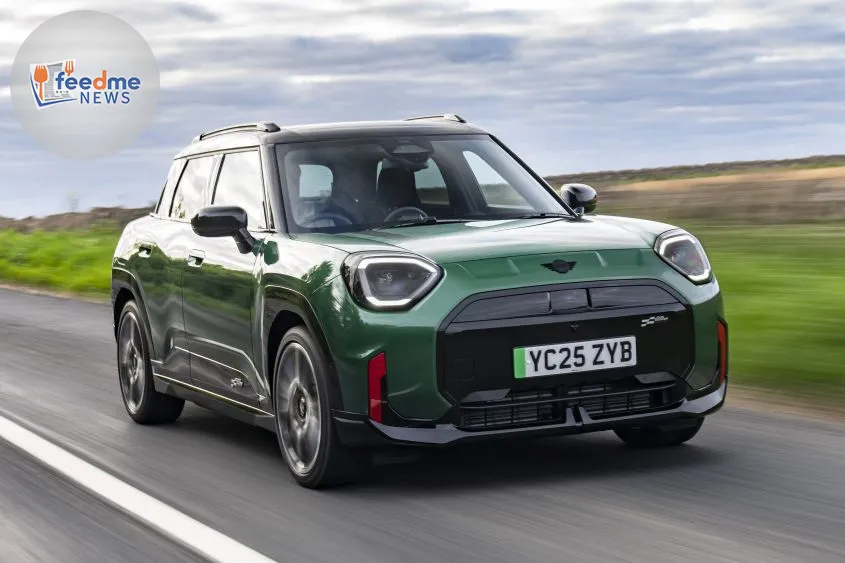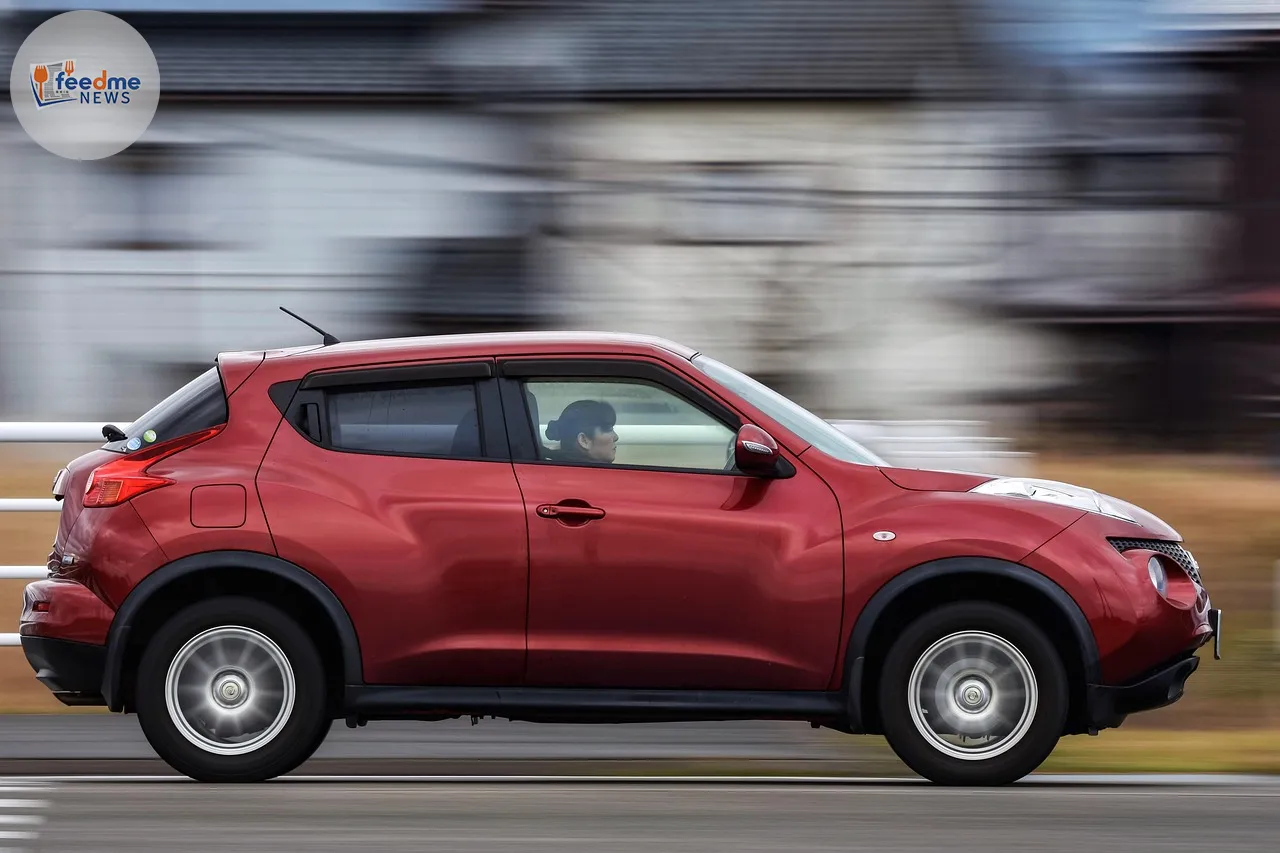Lead:
A growing backlash against dangerous driving on some of Britain’s most celebrated routes has triggered speed limits, average speed cameras and local frustration, according to a new motoring column. The piece highlights how high-profile coverage and social media fame have drawn more drivers to scenic routes, including the so?called Evo Triangle, the A272 between Petersfield and Winchester, and the Black Mountain Pass in Wales. Authorities have responded with enforcement after collisions and complaints, while residents report noisy, fast or inconsiderate behaviour that disrupts communities. The column argues that publicising “great driving roads” often creates a surge in traffic, including a minority who ignore the rules, which then prompts enforcement that affects everyone. It urges enthusiasts to discover quieter routes and to keep them discreet, warning that the worst behaviour risks turning prized roads into strictly policed corridors.
Context and timing
The claims appear in an Autocar opinion column published on Sunday, 26 October 2025. The routes and responses discussed span England, Wales and Scotland, with specific references to the A272 corridor in southern England, the Black Mountain Pass in Wales and the North Coast 500 in the Scottish Highlands. The safety data cited for the Black Mountain Pass covers the period from 2013 to 2023.

When scenic routes go viral, enforcement follows
The column recounts how named routes attract heavy attention and mixed behaviour once they gain a reputation among enthusiasts. It cites the Evo Triangle as a case where fame drove footfall and complaints, prompting the installation of average speed cameras along the route. The A272 between Petersfield and Winchester now also features average speed enforcement, a shift the writer links to rising use and a minority of bad driving that undermines the majority who follow the rules.
Local tensions have grown as some residents associate visiting performance cars and bikes with antisocial driving. The writer describes a farmer confronting him while he cleaned a Lamborghini in a car park, assuming he intended to “spend the day driving on local roads” in an irresponsible way. In another episode, a local stepped into the road to stop a driver in an Aston Martin and delivered a rebuke, despite the car having a standard exhaust and the driver not speeding. These incidents, the column suggests, reflect how notoriety can fuel assumptions and conflict.
Black Mountain Pass: ‘Top Gear road’ under tighter controls
Tourism promotion has also amplified traffic. Visit Wales’s “Highways to Heaven” webpage bills the Black Mountain Pass as “one of Britain’s best roads” and “also known as ‘the Top Gear road’, after Jeremy Clarkson was filmed driving it,” adding that it is “a favourite with car magazine test drivers, bikers and motorists – and, consequently, the local bobbies.” The column reports that heavy and sometimes unsafe use led authorities to cut the speed limit and install average speed cameras.
The safety record cited is stark: three people died and 37 were injured on the Black Mountain Pass between 2013 and 2023. The writer notes that “somebody has since cut down” the average speed cameras, an act that underscores the tensions between enforcement and a subset of drivers who resist restrictions. The column argues that continued bad behaviour invites more controls, not fewer, and that enforcement will intensify whenever risk rises.
A272 and Evo Triangle show how policy shifts follow patterns
By naming and celebrating specific stretches, the motoring world often creates its own enforcement map, the column contends. Publications once praised the A272 between Petersfield and Winchester, and now authorities manage it with average speed cameras. The Evo Triangle’s fame grew to the point that it gained a formal nickname, saturation coverage and regular visits from performance machinery, followed by speed management measures that changed how people drive the loop.
The pattern, the writer suggests, is predictable: as the visitor numbers and noise grow, locals complain, police increase patrols and councils move to permanent speed control. On these roads, the majority pay for the minority who run loud exhausts, cross double white lines or treat open moorland like a racetrack. Once cameras and stricter limits go up, they seldom come down.
North Coast 500: global acclaim meets local fatigue
The column extends the argument to Scotland’s North Coast 500, which draws international tourists and motoring media. Some locals who do not run hospitality businesses see little economic benefit, the writer says, yet they must live with long convoys, oversized motorhomes on single-track sections and slow or erratic driving that causes delays and near misses. Readers from the Highlands have shared concerns about verge damage and even reports of tourists defecating in the open.
The NC500 website offers “Common Sense Guidance” for visitors, but, as the column notes, a minority ignore it. The writer argues that when basic etiquette fails, calls for more limits, more cameras and tighter rules follow. That dynamic mirrors what has happened in Wales and on well-known English routes, where public order and road safety take priority once pressure builds.
Community pushback and the case for restraint
The column frames the issue as a wider lesson about collective consequences: every sign, camera and limit tends to exist because someone, somewhere, abused the privilege of an open road. To illustrate the climate, the writer references a recent arrest of a man who walked home from an allotment with a gardening knife, suggesting that fear of misuse can trigger a law?and?order response even when most people behave responsibly. The anecdote sits alongside the farmer confrontation and the roadblock incident near the Evo Triangle to show how suspicion escalates.
Enthusiasts may bristle at blanket measures, but the column maintains that publicising specific routes makes crackdowns more likely. It argues for discretion over promotion: drivers should seek out lesser-known stretches, drive within the law and resist the urge to broadcast exact locations. That approach, the writer says, helps preserve the character of good roads and reduce conflict with communities.
What responsible drivers can do now
According to the column, the practical answer lies in behaviour and modesty. Drivers can plan trips that avoid hotspots, learn local etiquette, use passing places correctly, and leave no trace. They can also respect noise, speed and access rules, especially around farms, villages and wildlife. Those steps help defuse the tensions that spill into enforcement.
The writer advises enthusiasts to remember that great driving does not require famous backdrops. Many unheralded B?roads offer flowing corners, varied elevation and engaging scenery without the glare of social media. By keeping quiet about the best finds and driving courteously, enthusiasts can help prevent new cameras, reduced limits and more confrontations.
Wrap-up:
Britain’s most talked?about driving roads now sit at the centre of a clear cycle: fame draws traffic; a minority behave badly; locals complain; and authorities respond with lower limits and average speed cameras. The Black Mountain Pass shows how that cycle ends, with injuries, fatalities and permanent controls, while the A272 and the Evo Triangle reflect the same path. The North Coast 500 highlights the strain on communities when visitor numbers surge and etiquette thins out. The column’s message is simple and timely: if motorists want choice, freedom and goodwill, they should drive with care, avoid broadcasting routes and respect local life. Do that, and cherished roads can remain enjoyable. Ignore it, and more cameras, stricter limits and deeper resentments will follow.





